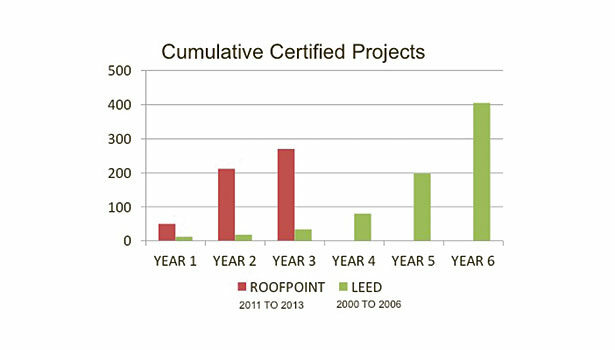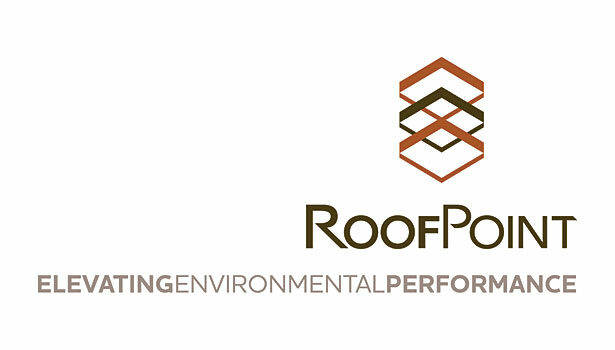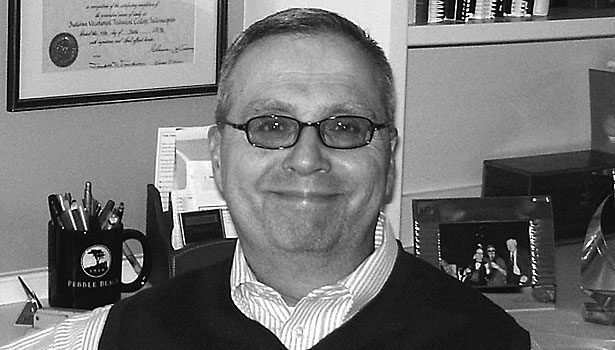RoofPoint Continues to Grow and Impress

This chart shows the initial growth rates of both RoofPoint and LEED by a show of cumulative certified projects. Chart courtesy of LEED’s Stunning Growth, And What’s Behind It (www.earthtechling.com, November 13, 2013).







Three years ago, the Center for Environmental Innovation in Roofing launched a new sustainable roof rating program called RoofPoint. Developed through an industry-wide consensus process and supported by a grant from the Roofing Industry Alliance for Progress, the mission of RoofPoint was to gain visibility and recognition for the high-quality roofs our industry delivers on a daily basis across North America — roofs that save energy, extend service life, and make buildings better and safer for the people who live and work in them.
Now after three years, we have certified more than 300 RoofPoint projects across North America. In our database, you can find roofs covering private and public buildings of every size and function in almost every U.S. state, as well as Canada and Mexico. These outstanding projects include every major roof system type, from asphalt to single-ply to metal and spray foam. Best of all, these roofing projects have great stories to tell: new ways to save and produce energy; advances in recycling and material reuse; innovative strategies to save and use water resources; and, most importantly, time-proven practices to extend roof service life.
Given the thousands of commercial roofs installed across North America each year, RoofPoint is only beginning to realize its market potential. But I think it’s interesting to compare RoofPoint’s three-year track record against the LEED green building rating system, the world’s most-recognized sustainable rating system. Recently, the U. S. Green Building Council, the founder of LEED, released a 13-year summary of LEED-certified projects showing how the program has grown from a handful of buildings in its first year to more than 10,000 projects after 13 years. It’s certainly an impressive feat — but I think the most striking fact involves how the first three years of RoofPoint and LEED compare to each other. As shown in the chart in Figure 1, RoofPoint’s initial growth rate has exceeded the growth rate of LEED significantly. In fact, the total number of RoofPoint projects after three years exceeds what LEED was able to accomplish only after six years.
Probably the most important take-away from this chart is how challenging it is to launch any sustainable rating system. Even a program as prestigious and well-funded as LEED obviously experienced a slow start, requiring many years to gain substantial market presence. But if LEED’s track record sets a benchmark, we should look for RoofPoint to continue to grow and gain even more market recognition in a few years. At a minimum, it certainly is gratifying for everyone involved in the RoofPoint program to realize that RoofPoint’s three-year performance substantially surpasses the initial track record of the most-recognized sustainable rating system in the market.
Plans for the Future
Following the example of LEED, we are continuing to improve RoofPoint to accelerate its market growth. Within the next month, we will launch a new RoofPoint Registered Professional (RRP) program to allow a broad range of roofing practitioners to earn credentials similar to LEED-AP and other professional certifications. Like LEED-AP, the RRP certification will include detailed experience requirements as well as a comprehensive examination to demonstrate competence in applying the principles of RoofPoint. Unlike many other certification programs, however, the RRP program will be conducted 100 percent online, featuring a Web-based application and examination. To learn more about the RoofPoint Registered Professional (RRP) program, visit the RoofPoint website (www.roofpoint.org) and select “Become a RoofPoint Professional.”
The success RoofPoint has experienced to date is primarily driven by the hundreds of roofing contractors who have participated and submitted projects. So thanks for helping us launch RoofPoint, and stay tuned in 2014 as we move this important program to the next level of achievement.
Looking for a reprint of this article?
From high-res PDFs to custom plaques, order your copy today!









